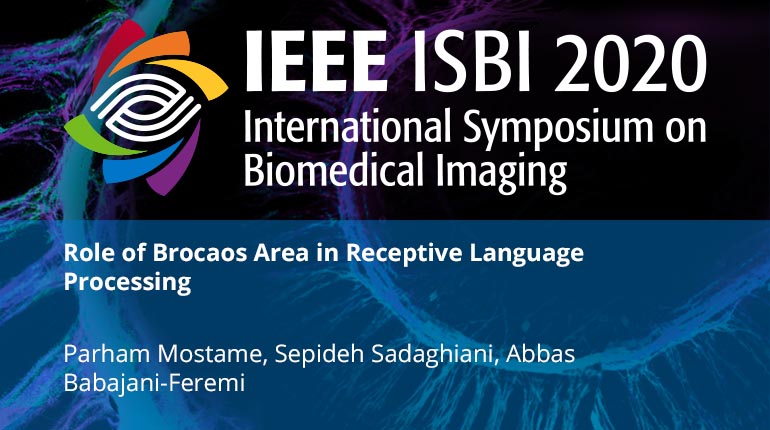
Already purchased this program?
Login to View
This video program is a part of the Premium package:
Role of Brocaos Area in Receptive Language Processing
- IEEE MemberUS $11.00
- Society MemberUS $0.00
- IEEE Student MemberUS $11.00
- Non-IEEE MemberUS $15.00
Role of Brocaos Area in Receptive Language Processing
It is shown that classic expressive language areas are involved in passive sentence-level speech processing. However, this interaction between expressive and receptive language pathways during passive language perception might only exist because of high degree of cognitive demand which modulates large integrated brain networks such as memory. To answer whether such interaction exists only due to the task-evoked increase of brain networks integration, or the nature of language processing itself, we studied modulations of power and functional connectivity (FC) in Broca?s area during a passive word recognition task (WRT) using electrocorticographic (ECoG) recordings. Our results revealed no power modulation over Broca?s area during the WRT, but we found FC modulation in this area with frequency-specific spatiotemporal profiles. We conclude that Broca?s area is involved in passive single word processing, implying the integration of expressive and receptive language pathways even at the word-level language processing.
It is shown that classic expressive language areas are involved in passive sentence-level speech processing. However, this interaction between expressive and receptive language pathways during passive language perception might only exist because of high degree of cognitive demand which modulates large integrated brain networks such as memory. To answer whether such interaction exists only due to the task-evoked increase of brain networks integration, or the nature of language processing itself, we studied modulations of power and functional connectivity (FC) in Broca?s area during a passive word recognition task (WRT) using electrocorticographic (ECoG) recordings. Our results revealed no power modulation over Broca?s area during the WRT, but we found FC modulation in this area with frequency-specific spatiotemporal profiles. We conclude that Broca?s area is involved in passive single word processing, implying the integration of expressive and receptive language pathways even at the word-level language processing.
 Cart
Cart Create Account
Create Account Sign In
Sign In





